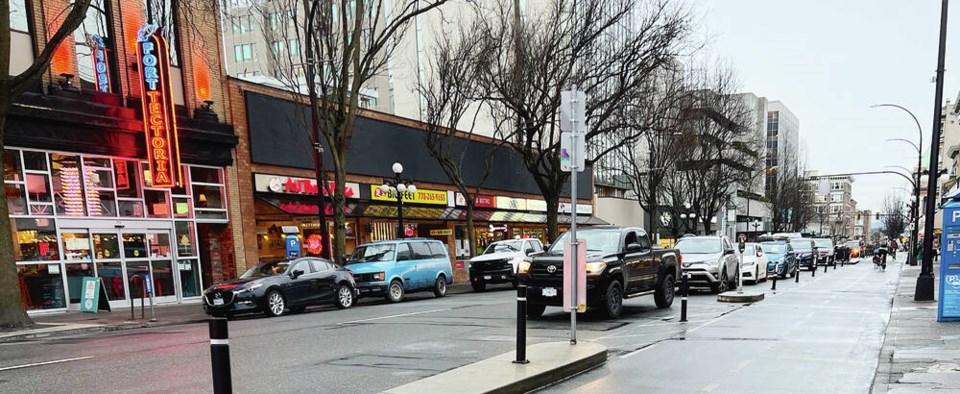What’s up with parallel parking these days? It’s a basic function of driving. You won’t pass your road test unless you can parallel up to another parked car, then back safely into a space next to the curb. Yet several times a month we witness drivers who, if based only on their parallel parking aptitude, should never be behind the wheel.
It’s so prevalent that researchers and journalists have now labelled the problem “parallelophobia.” Studies in this area reveal that about 30 per cent of drivers admit to an unconquerable fear around reversing a car into a parking space. About 10 per cent of those surveyed have admitted to driving a kilometre or more away from their destination in order to avoid having to parallel park. Some U.S. states have taken the step to discard the parallel portion of their driving tests because there were so many recurring road test failures.
There are a few things at the heart of the problem.
For one, there’s the good old-fashioned fear of failure. Parallel parking is somewhat like public speaking. It occasionally requires you to perform under circumstances different than you’re used to and with people staring at you as you do it. Many drivers do not want to expose themselves to the eye rolling and occasional horn honks that come from those failed parking attempts.
Next, there is the fear of tying up traffic. More often than I can count I’ve been in situations where I spot an empty parking space, slow down, signal, start to reverse — which of course makes the reverse lights come on — yet the driver behind blithely pulls up a couple of feet behind me, blocking the way to backing into the spot. “How many more clues does it take? I’m trying to park here!”
That can be an intimidating experience, especially for a newer driver, but also for drivers who lack confidence generally. Often the solution is to not bother trying to parallel park in the first place.
The other factor at play is not wanting to cause damage to your vehicle or the others around you. Oftentimes this is about failing to grasp the true dimensions of your vehicle or driving a vehicle totally unsuitable for your body size, vision capability or your current physical abilities. If you can barely climb in or out of your partner’s pickup truck, should you be driving it?
It was decided a long time ago that we were going to steer cars by having their front wheels turn in the directions we wish to go. It can be done via rear wheel steering, but Henry Ford and Karl Benz decided otherwise. Let’s just leave it at that.
So reversing is the correct method to parallel park because front wheels turn and rear wheels do not. That’s why we want to put those non-turning rear wheels in place first — by backing in. The rear end of your car has way less mobility than the front where the turning wheels are located.
By fitting in the less manoeuvrable rear part of the car first, it then takes only a couple of sharp turns at the front to put the car properly and safely into its parking space.
If you think I’m wrong here, remember those times you’ve seen someone drive into a parking space front end first then spend two or three times the amount of time and effort to straighten their car out. Those are the times when you really see the eye rolling, the horn honking or maybe worse.
The key to positioning your vehicle correctly and turning at the right time is all a matter of practice. Every vehicle is different and has its own “landmarks” in determining where you stop to begin the manoeuvre, where you start turning your vehicle as you back into the parking space and where you turn the steering in the opposite direction to finally straighten out.
A small amount of practice, regardless of how many years you have on the road, will definitely make things easier. Nobody plays the piano, builds a cabinet or kicks a soccer ball well without practice. Parallel parking is no different.
Glove Box: Ever use the braille method when pulling into the curb? By that I mean pulling up and scuffing your tires against the curb to “know” that you’re up nice and tight to the sidewalk. It’s a bad habit. Continual scuffing of tires against the curb weakens tire integrity, raising the possibility of a blowout. Those repeated brush-ups can also cause wheel misalignment, leading to uneven tread wear and reductions in fuel economy. There’s also a good chance that handling ability will be reduced, making your car less responsive and potentially unsafe.



